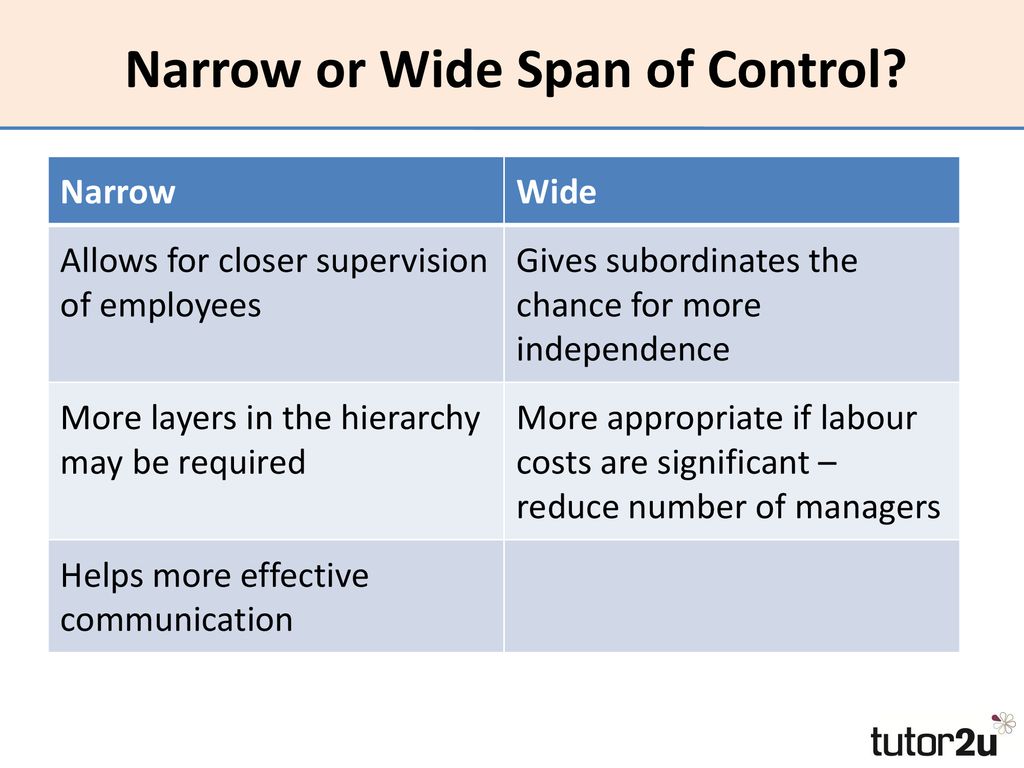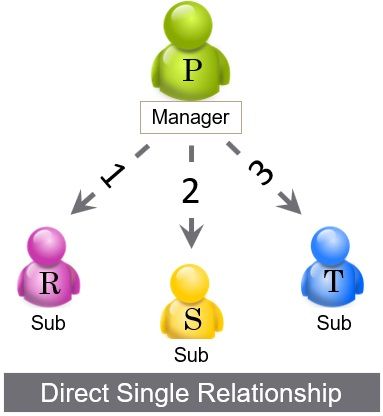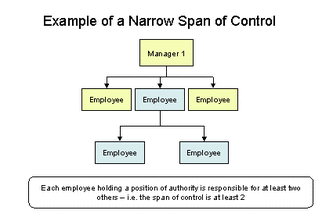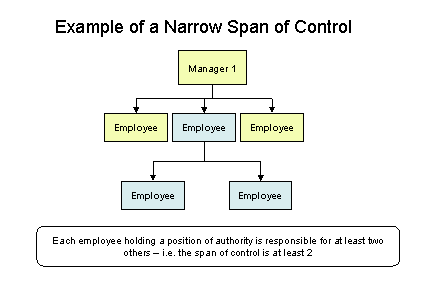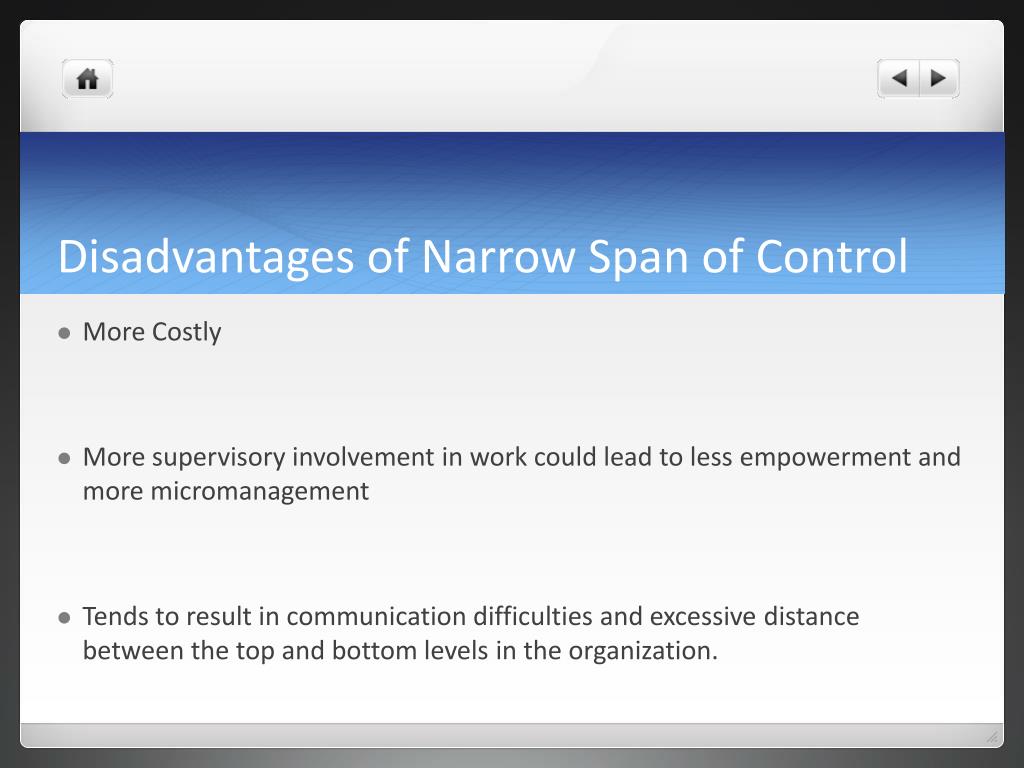A narrow span of control refers to the number of subordinates that a manager or supervisor is responsible for overseeing. In organizational structure, a narrow span of control means that there are more layers of management and fewer employees reporting directly to each manager. While this structure can have some benefits, it also has several significant disadvantages.
One disadvantage of a narrow span of control is that it can lead to a slower decision-making process. With more layers of management, ideas and decisions must be passed up and down the chain of command, which can take longer and result in delays. This can be especially problematic in fast-paced or dynamic environments where quick decision-making is crucial.
Another disadvantage is that a narrow span of control can lead to a lack of accountability. When there are many layers of management, it can be difficult to determine who is responsible for a particular decision or action. This can lead to a lack of accountability, as it is not always clear who is responsible for addressing problems or addressing issues that arise.
A narrow span of control can also lead to a lack of communication and coordination between different levels of the organization. With more layers of management, it can be difficult for employees to communicate directly with higher-level managers or to collaborate with their colleagues on other teams. This can lead to a breakdown in communication and coordination, which can impact the overall efficiency and effectiveness of the organization.
Additionally, a narrow span of control can be costly for an organization. With more layers of management, there are more salaries to pay, which can be a significant expense. This can also lead to a more bureaucratic and hierarchical organizational structure, which can be demoralizing for employees and lead to a lack of motivation and engagement.
Overall, while a narrow span of control may have some benefits, it also has several significant disadvantages that organizations should consider when deciding on their organizational structure. These disadvantages include slower decision-making, a lack of accountability and communication, and increased costs.
